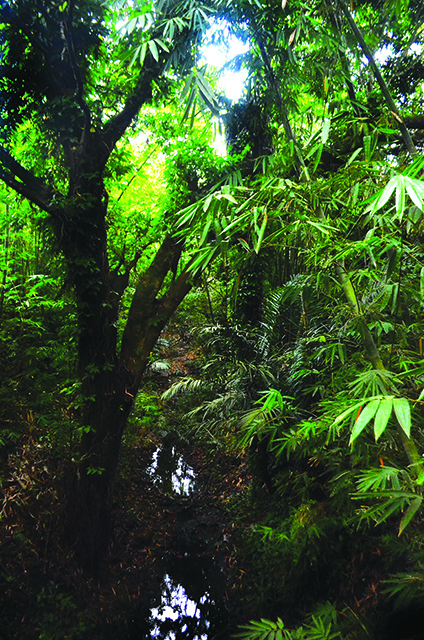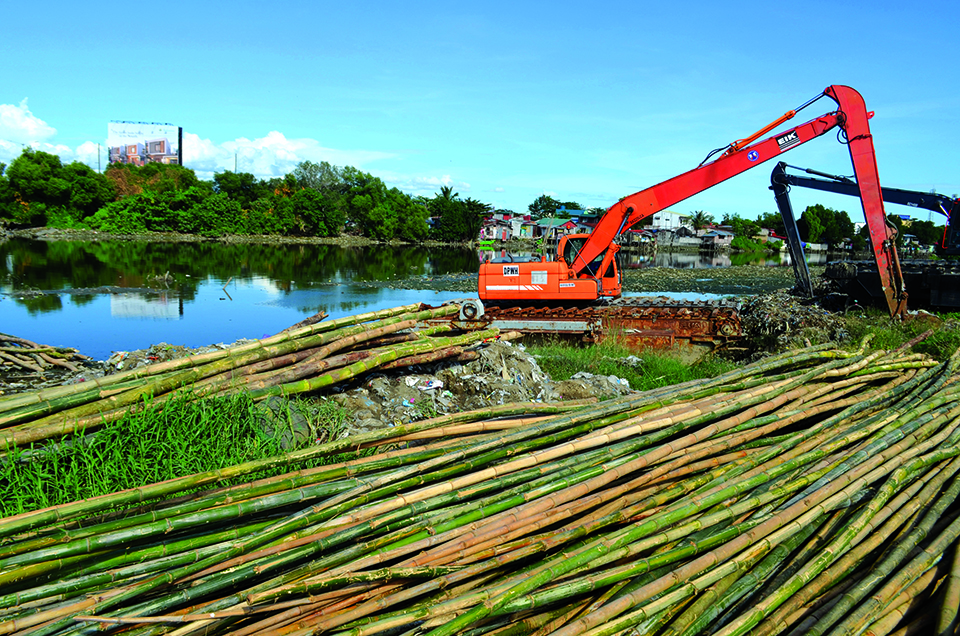From 1900 to 2015, the Philippines lost two-thirds of all its forests, its once- impressive coverage of 21 million hectares reduced to a mere seven million hectares.
Despite a government ban on logging, the war against our trees rolls on. About 52,000 trees are felled daily for timber, charcoal, mining, slash-and-burn farming and land development. This intensifies soil erosion, flooding, river siltation, storm surges and droughts.
But there’s good news for our forests this 2022. As part of its GForest movement, GCash and its allies have pledged to plant over a million trees this year.

TEAMWORK FOR TREES
Together with the Department of Environment and Natural Resources (DENR), United Nations Biodiversity Finance Initiative (BIOFIN), World Wide Fund for Nature, Ramon Aboitiz Foundation (RAFI), Century Pacific, Ayala Land and Friends of HOPE, GCash will plant 120,000 timber trees in Bulacan’s Ipo Watershed, 26,596 timber trees in Pangasinan’s Alaminos Carbon Forest, 300,000 fruit and timber trees in Cebu’s Luyang Watershed, and 500,000 coconut trees in the provinces of South Cotabato and Sarangani.
“With our current partnerships, we will be planting at least an additional 400,000 trees this 2022 to bring our total up to 1.3 million trees. We hope to further scale the positive impact of the GForest movement in 2022 as GCash continuously engages fresh and old partners to find new sites to reforest and farmer-beneficiaries to help,” explains GCash President and CEO Martha Sazon.
HOW THE GFOREST APP WORKS
Previously known as GCash Forest, GForest was launched in 2019 to boost awareness and funding for Philippine forests by tapping users of GCash, the country’s top cashless service. The COVID-19 pandemic drastically boosted GCash usage, which now covers 40% of the country’s population through 140,000 partner merchants.
Nine million GCash users have so far signed up for GForest, with over 1.2 million regular monthly supporters.
Upon logging in, GCash users are given the option to plant virtual trees, which generates funds to plant real trees around the country. Users earn green energy points by reducing their individual carbon footprints.

Since 2019, GForest users have generated over 16 billion green energy points by doing over 133 million low-impact paperless transactions. Paying bills online, for instance, eliminates the need to drive to a bank and consume paper for receipts and forms.
More points can be garnered for walking to work, taking the stairs, and avoiding single-use plastic items. GForest interfaces seamlessly with existing mobile fitness apps to accurately measure not just energy saved, but exactly how much carbon emissions are reduced.
Each green energy point corresponds to a gram
of carbon saved. Points are then used to nourish
a virtual tree in GForest. When users reach 20,560 points, his or her virtual tree will be fully-grown. GCash and its allies will then plant a corresponding tree in one of its partner sites.
Users have already planted over a million virtual trees, forming the basis for GForest’s actual planting drives.

and food for many creatures, while stabilizing the soil to prevent flooding and erosion. Shown is a secondary-growth forest in Cavite. (Gregg Yan)
LIVELIHOOD BOOST
“Through GForest, we fully support our local farming communities not just by boosting their livelihoods through tree planting, but by empowering them through farm design and farm planting workshops plus educating them on our financial services which supports our vision of finance for all,” explains GCash Corporate Communications and Public Affairs Vice-president Chito Maniago.
For its part, RAFI conducts tree growing orientations and farm management sessions to help farmer beneficiaries take care of their trees.
“One to Tree is RAFI’s environmental arm that works with communities, for communities,” shares RAFI Partnerships and Portfolios Manager Miggo Bautista. “We work with partner farmers and provide them with technical trainings to ensure that their trees thrive, boosting their livelihoods while fostering their sense of stewardship. This way, we promote both community development and project sustainability.”
RAFI is just one of many GForest partners working to restore the glory of Philippine forests, one tree at a time.
“People talk a lot about innovative financing for biodiversity and GForest is one of the best examples to date of a how fintech can channel significant funds towards conservation protection. GForest has set an inspiring example to companies and organizations around the world to follow,” concludes BIOFIN Global Manager Onno van den Heuvel.







